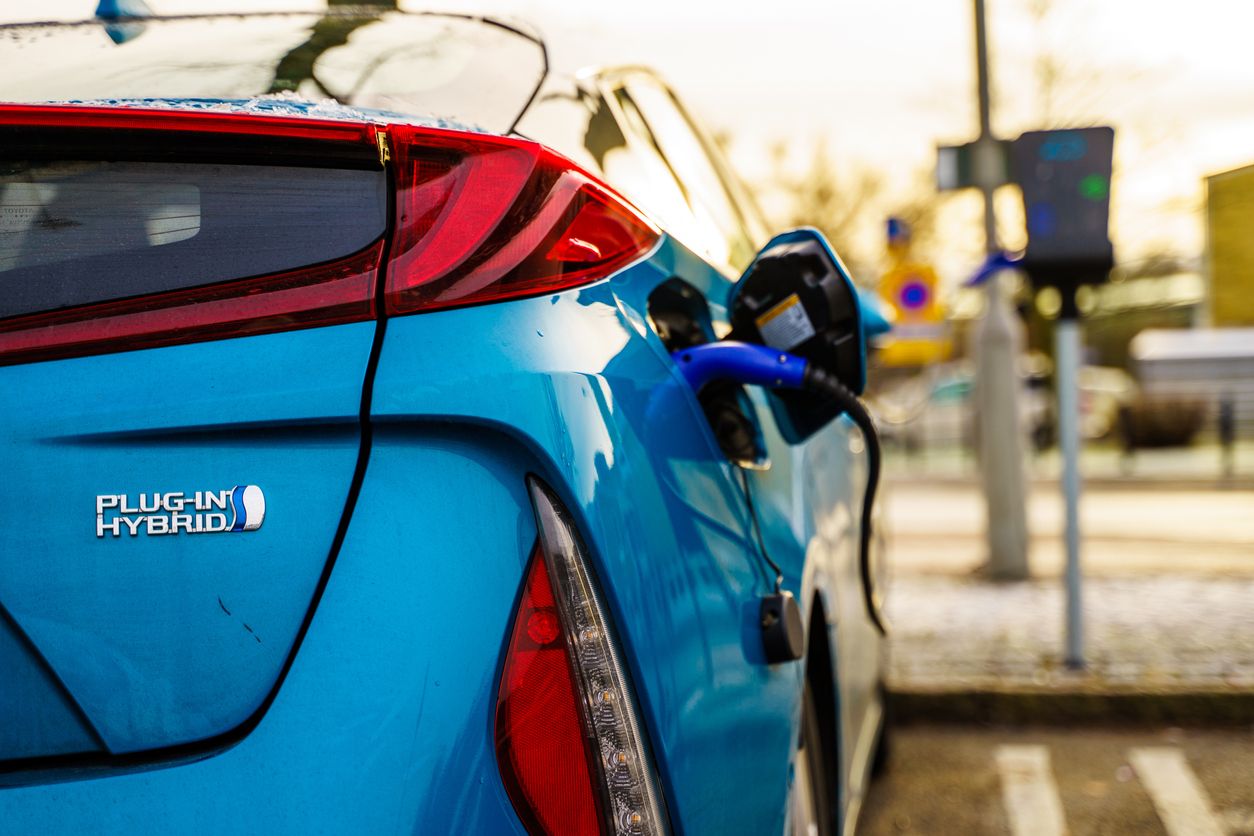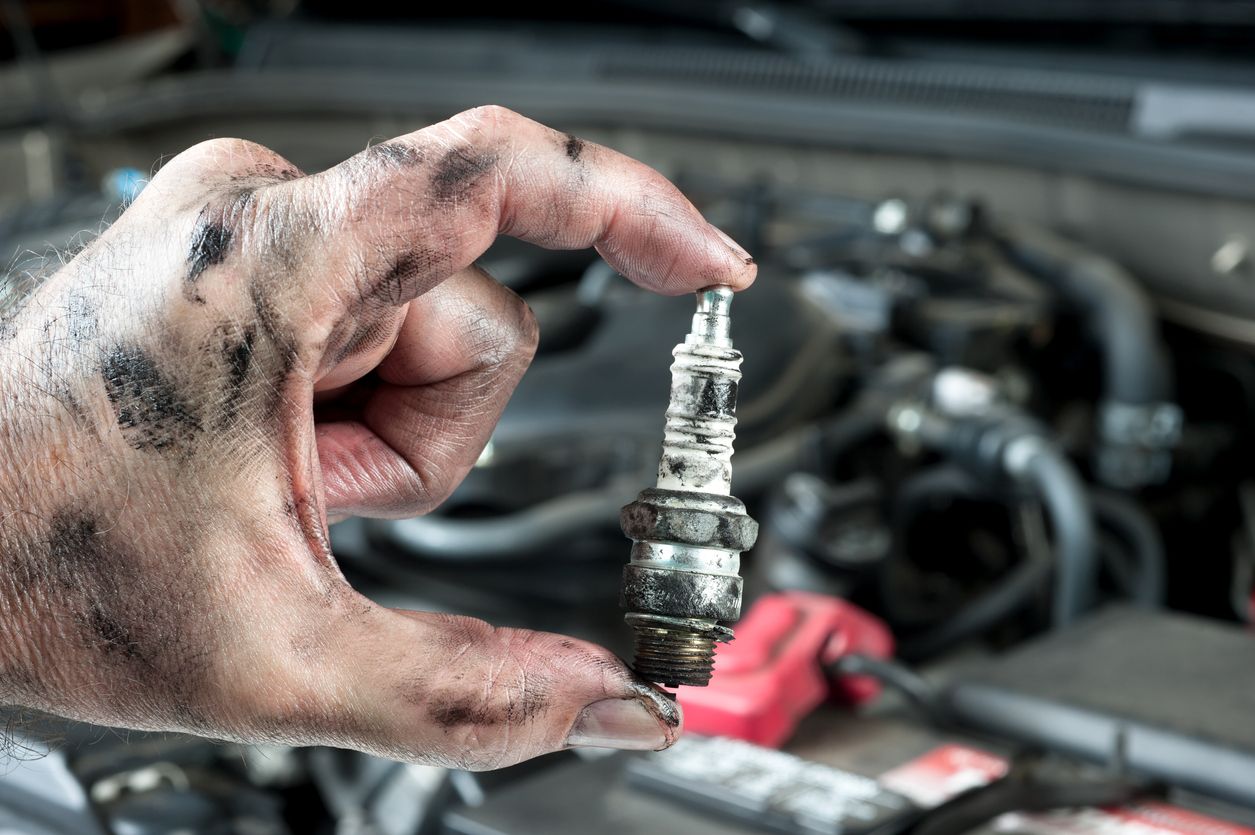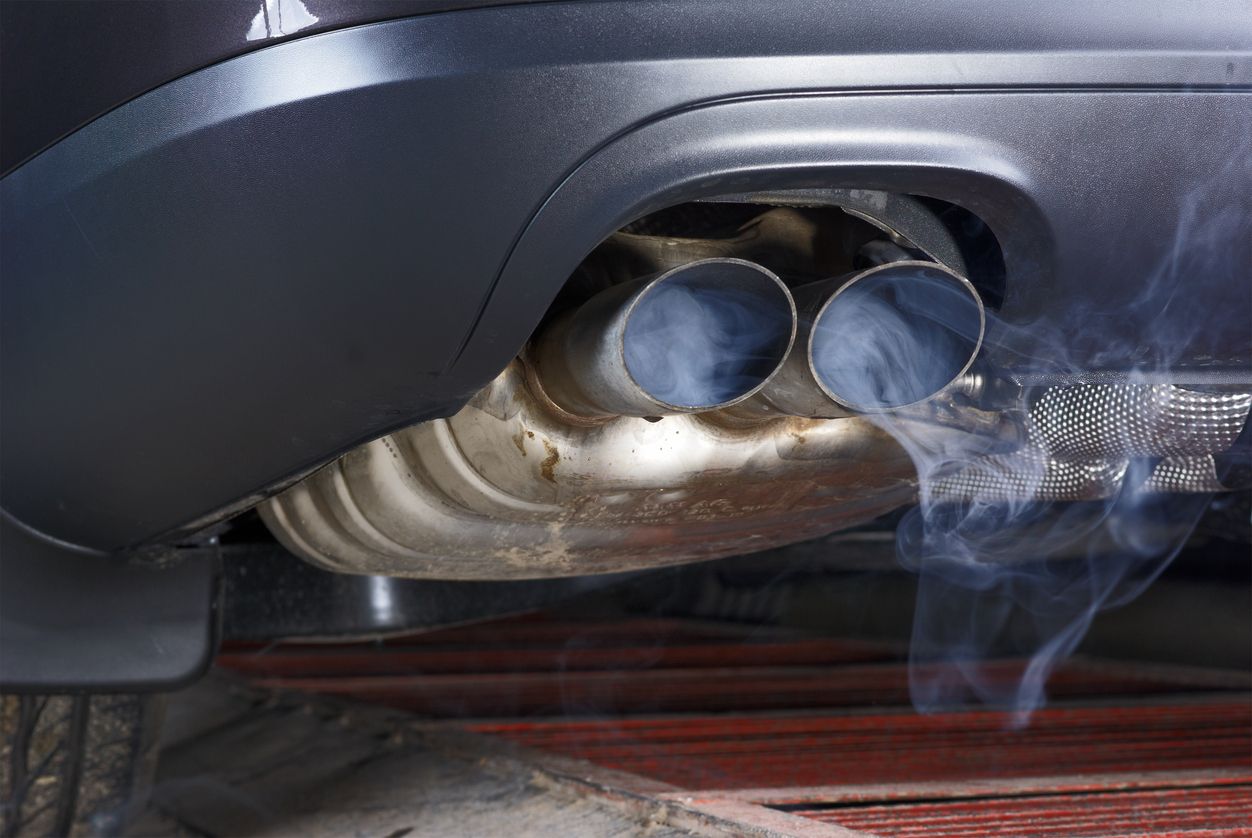Oil changes. Coolant level checks. Spark plug replacements. You know what’s involved in maintaining a conventional gas vehicle, but what steps do you need to take when maintaining hybrid cars?
Whether you own a hybrid vehicle or are considering making the purchase, it's important to understand what maintenance tasks this green option might require. Read on to learn more about hybrid car maintenance.
Brake Maintenance
Like a standard gas vehicle, your hybrid car will need to have its brakes serviced. The good news? Some hybrid vehicles have a longer brake life than their conventional, non-hybrid counterparts due to regenerative braking.
Many hybrid vehicles utilize regenerative braking, which converts the forward motion of your vehicle while coasting or braking into electricity. Regenerative braking helps to both stop your vehicle and recharge the high voltage battery.
When braking, the system automatically allocates some portion of the braking force to energy regeneration and some to the conventional hydraulic braking system. The blending of mechanical and regenerative braking is what gives many hybrids and EVs a unique brake pedal feel. Typically, this means your hybrid vehicle's brake pads or shoes wear at a slower rate than its non-hybrid counterpart.
Depending on your hybrid vehicle, you may be able to go more than 100,000 miles before having to replace your brakes, compared to the 50,000 to 60,000 miles of a conventional vehicle. However, It's still a good idea to have them checked anytime you're having your vehicle serviced, and it’s always important to check your vehicle's manufacturer-suggested maintenance schedule (MSMS). Due to the extended service intervals for hybrid vehicle brakes, some OEMs recommend periodically inspecting and lubricating the braking hardware as part of the MSMS.
Oil Changes
Do hybrid cars need oil changes? While hybrid vehicles take advantage of electric power to operate under certain driving conditions, they still use an internal combustion engine (ICE) part of the time, which means they do require oil changes.
Hybrid Battery Maintenance
Hybrids typically rely on a high voltage battery pack to propel the vehicle partway before the ICE starts up. Then, the powers are blended between the two. These battery packs can last quite a while unless other components such as the engine or auxiliary fan system are neglected.
If you have a plug-in hybrid, it's important to keep it charged. Regularly charging the battery can help ensure you use as much electricity from the high voltage battery pack as possible, helping you save on gas. The best charging strategy varies depending on make and model, so you should reference your owner’s manual for advice.
Battery Filter Maintenance
Some hybrid vehicles feature an air-cooled battery pack, and some air-cooled battery packs have a serviceable air filter. Similar to the engine, a hybrid’s battery can produce a lot of heat. With an air-cooled battery, a fan pushes cooled air through a filter and over the battery to cool it down. The battery filter will likely need to be inspected and replaced occasionally.
Manufacturer Suggested Maintenance Schedule
Some hybrid components don’t require regular maintenance as often, but your vehicle will still need to be routinely serviced. You’ll want to stay on top of tire rotations, brake fluid checks, engine air filter replacements, high voltage cooling system inspections, and other MSMS services.
Be sure to check your owner’s manual to determine your hybrid maintenance schedule.
Hybrid and EV Services at Firestone Complete Auto Care
Hybrid vehicles have tons of benefits, but just like standard gas vehicles, they need to be serviced from time to time. Unlike conventional vehicles, though, it can be difficult to find a mechanic with the skills and knowledge necessary to service your hybrid. Skip the dealership, and stop by your local Firestone Complete Auto Care for all of your hybrid car needs.



